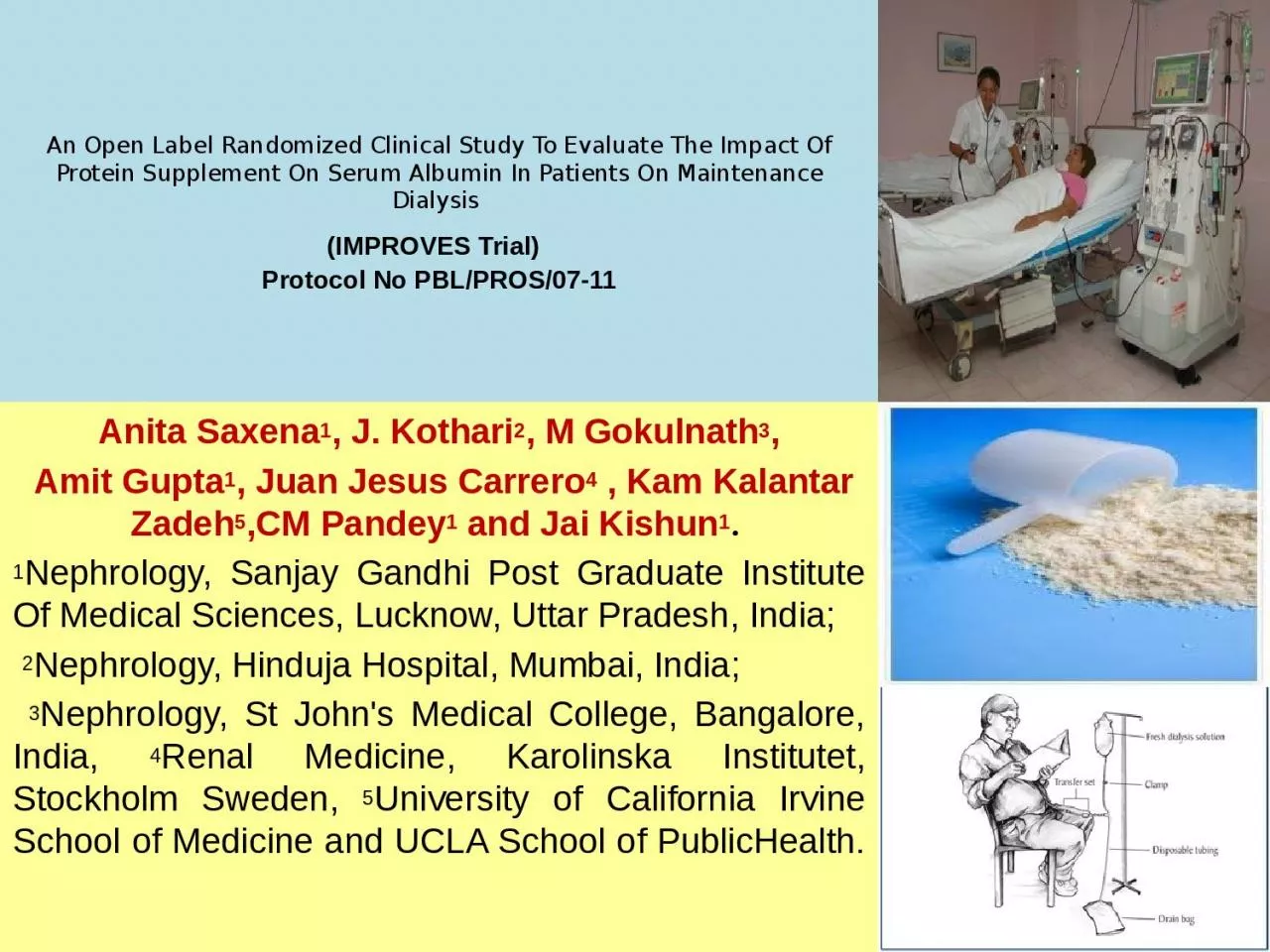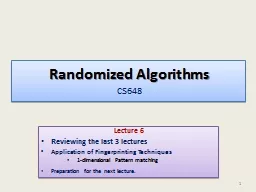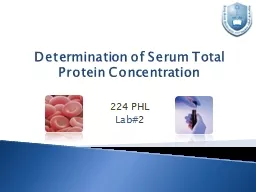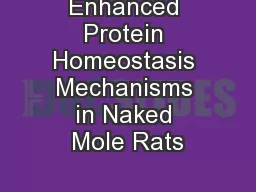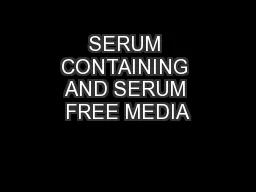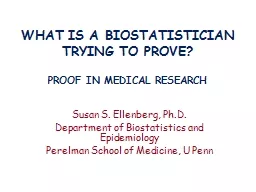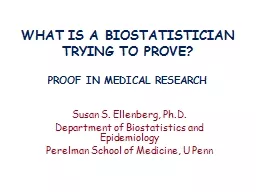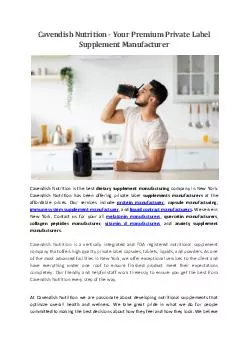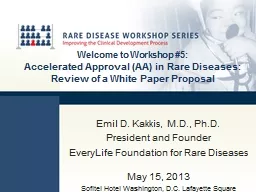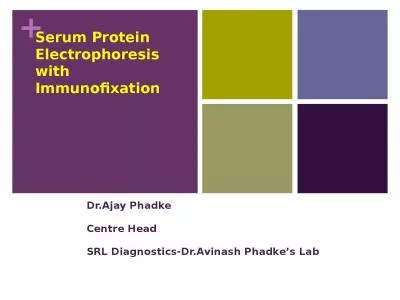PPT-An Open Label Randomized Clinical Study To Evaluate The Impact Of Protein Supplement On
Author : GymRat | Published Date : 2022-08-02
IMPROVES Trial Protocol No PBLPROS0711 Anita Saxena 1 J Kothari 2 M Gokulnath 3 Amit Gupta 1 Juan Jesus Carrero 4 Kam Kalantar Zadeh 5 CM Pandey
Presentation Embed Code
Download Presentation
Download Presentation The PPT/PDF document "An Open Label Randomized Clinical Study ..." is the property of its rightful owner. Permission is granted to download and print the materials on this website for personal, non-commercial use only, and to display it on your personal computer provided you do not modify the materials and that you retain all copyright notices contained in the materials. By downloading content from our website, you accept the terms of this agreement.
An Open Label Randomized Clinical Study To Evaluate The Impact Of Protein Supplement On: Transcript
Download Rules Of Document
"An Open Label Randomized Clinical Study To Evaluate The Impact Of Protein Supplement On"The content belongs to its owner. You may download and print it for personal use, without modification, and keep all copyright notices. By downloading, you agree to these terms.
Related Documents

